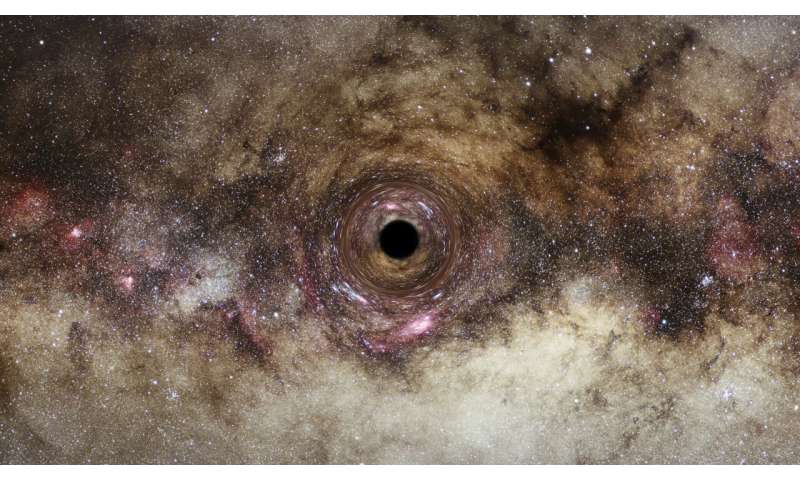Best of Last Week—Biggest black hole, recovering lithium from batteries, how social networks shape decision-making

It was a good week for space research as a team of astronomers at Durham University, working with one colleague from the Max Planck Institute for Astrophysics and another from NASA Ames Research Center, reported that light-bending gravity revealed one of the biggest black holes ever found, more than 30 billion times the mass of the sun. Also, a combined team from Northwestern University and Tsinghua University adapted a well-known computer-vision algorithm to sharpen photos blurred by the Earth's atmosphere. They also trained it using an AI application. And an international team of astronomers using data from NASA's James Webb Space Telescope, confirmed that giant planet atmospheres in the Milky Way galaxy vary widely.
In technology news, a team of engineers at the Karlsruhe Institute of Technology developed an inexpensive and environmentally friendly mechanochemical recycling process that recovers 70% of lithium from batteries, possibly representing a move toward better recycling of the widely used batteries. And a team of engineers at the Indian Institute of Science developed a novel ultramicro supercapacitor with ultrahigh charge storage capability, with applications in consumer electronics and other devices. Also, a multi-institutional team in the U.S. developed a new electrolyte that enables safe, highly efficient, sustainable zinc batteries, possibly opening the door to the deployment of more large-scale energy storage systems. And a combined team from IBM Research Zürich and ETH Zürich created a new architecture that combines two of the most renowned artificial intelligence approaches—deep neural networks and vector-symbolic models.
In other news, a team of bioengineers at ETH Zurich designed and built an implantable fuel cell that generates electricity from excess glucose in the blood, and they have found that it works as hoped in mice. Also, a pair of physicists at École Polytechnique Fédérale de Lausanne found a possible solution to the problem of AI systems using enormous amounts of energy to run machine-learning algorithms, by using magnon-based computation to encode and transport data instead of electricity. And finally, a trio of cognitive and psychological scientists at Peking University explored the neural mechanisms behind the ways that social networks shape decision-making.
© 2023 Science X Network